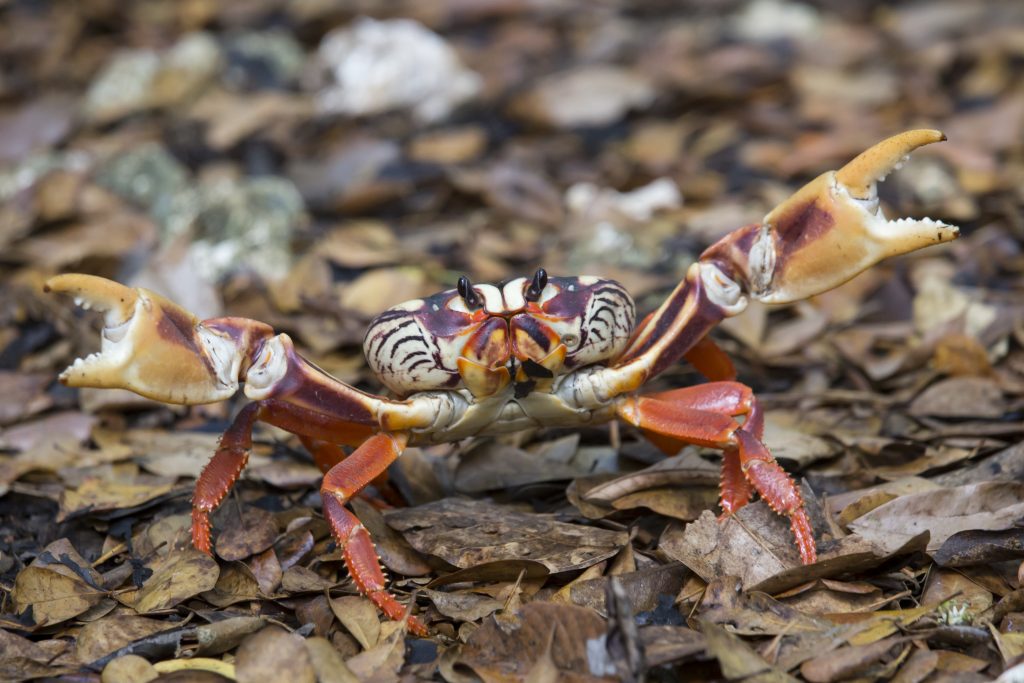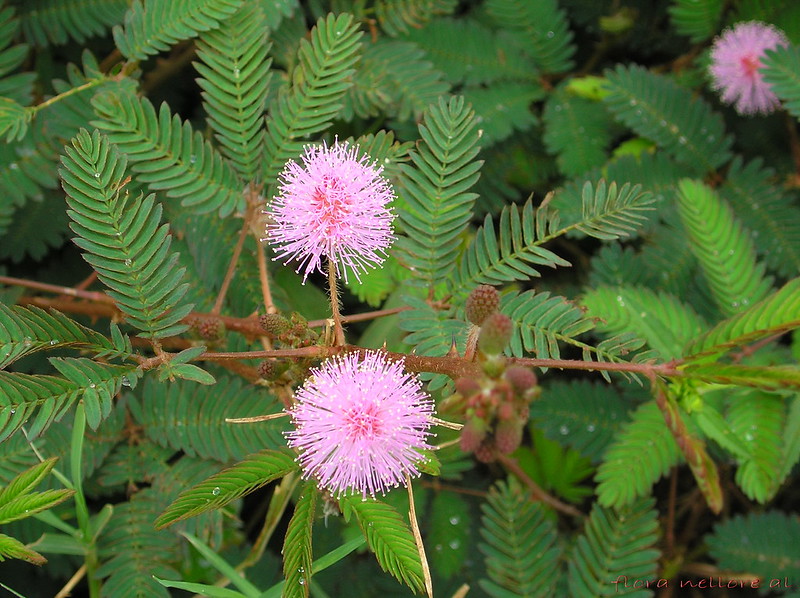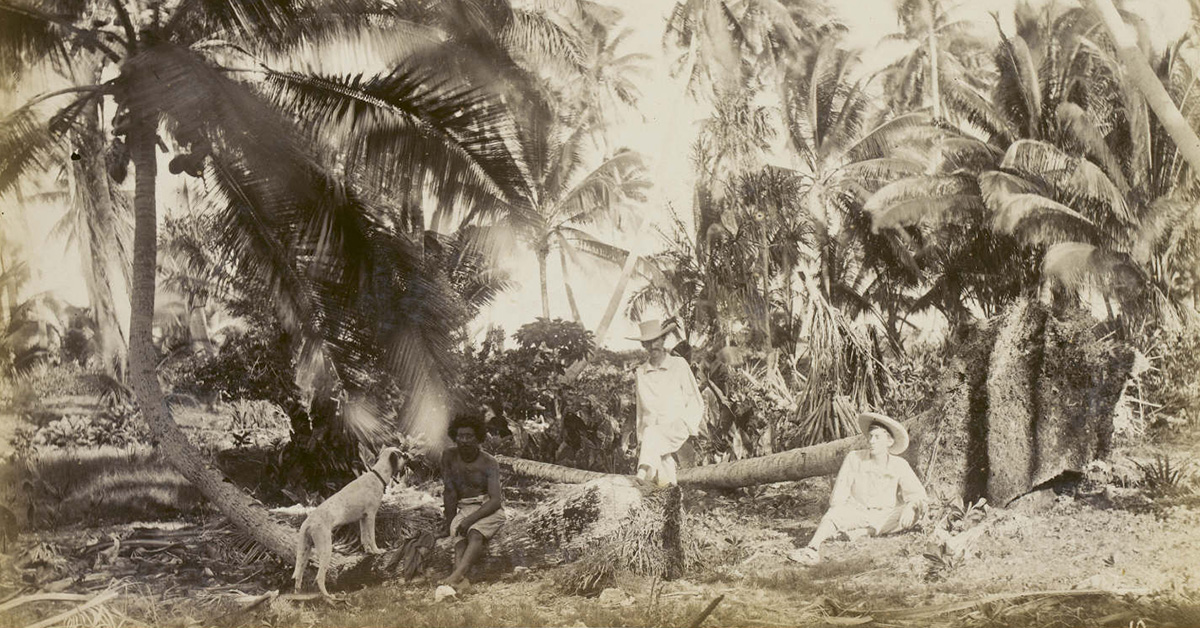
by Kirk McAuley
If Empire is, as Neel Ahuja suggests, a “project in the Government of species” (italics mine),[i] then it stands to reason that empire writing must either implicitly or explicitly acknowledge the potential unruliness of particular natures. And it is through close attention to such unruliness that the texts which form the backbone of my new literary study, The Ecology of British and American Empire Writing, 1704 – 1894, acknowledge the co-productive agency of animals and plants, offering a transoceanic view of time and place: one that both troubles the geopolitical (and geographical) boundaries of nation (and of island and continent), and presents world literature as integral to world-ecology. The texts in question were composed by (or about) persons residing at, or just outside the edges of the British (and American) Empire(s), including St Kitts and Nevis, Haiti, Cuba, Hawaii, and Samoa. And among the numerous animals and plants that figure significantly in the ecology of this ‘world literature,’ I offer the following brief preview of several examples…

- The common house cat (Felis catus): in the story of Alexander Selkirk, an account of the Scottish sailor’s stranding and survival on the remote Juan Fernandez archipelago, located some 120 leagues (or roughly 415 miles) from the west coast of Chile, it is the common house cat that Selkirk relies upon for companionship and to keep the island’s other recent arrivals, and rather more ‘imperfect creatures’ (i.e., rats) in check. Selkirk’s humanity depends upon this cooperation of cats, as it were – a sympathetic alliance that gets properly emphasized in an illustration from John Howell’s children’s book devoted to The Life and Adventures of Alexander Selkirk, the Real Robinson Crusoe. But what of the roaming house cat’s environmental impact? Nearly two hundred years later, the Hawaii-based British entomologist, ornithologist, and naturalist, Robert Cyril Lawton Perkins documented in his field journals the considerable ecological havoc wrought by the cooperation of several particular natures, including the introduction of cats, and the clearing of forests for coffee plantations. “The four first birds of Oahu (got 40 years ago),” observes Perkins, “are now utterly extinct & between the mongoose (which swarms there), cats and mynah birds, not to mention the wholesale clearing, which is taking place for coffee planting, those on Hawaii must follow before many years.”[ii]

- The female red land crab (Gecarcinus ruricola): in her Gothic novel set during the Haitian revolution, Secret History; or, the Horrors of St. Domingo (1808), American author, Leonora Sansay, treats us to one of the most spectacular mass migrations on earth – the annual march of a peculiarly unruly nature, the female red crab, to the Caribbean Sea. It is intriguing, to say the least, that Sansay includes the land crab migration in her Gothic novel about the confused circuitry of capitalism, misogyny, and domestic violence, and, more importantly, that she frames this biological phenomenon within the aesthetics of the sublime. However, it is the juxtaposition of this scene with the novel’s opening passage – a descriptive account of Creole women fleeing into the mountains above Cape François to escape the horrors of war – that, I argue, invites readers to rebuild connections and restore the very cycles of regeneration disrupted by the Sugar Revolution / plantation economy. That Macarena Gómez-Barris refers to such de-colonial perspectives as “submerged” neatly resonates with Sansay’s invocation of the female land crab’s regenerative, annual return to the sea.[iii]

- Sensitive plant (Mimosa pudica): in his poem, “The Woodman,” the conception of which occurred while he was clearing ground outside his home, Vailima, on the Pacific island of Samoa, Robert Louis Stevenson offers a glimpse of his interactions with a particular invasive plant species – namely, sensitive plant (or Mimosa pudica), whose capacity for movement (and nervous system) has prompted botanists, not unlike William Bartram and Monica Gagliano,[iv] to think in rather provocative terms about the uncanny likenesses between animals and plants. (Sensitive plant is called such because it can feel the touch of a potentially life-threatening herbivore, and, through “rapid water release from specialized cells located at the bases of leaflets and leaf stalks,”[v] react / protect itself by closing its leaves.) Stevenson’s close interactions with the tropical undergrowth, I argue, would lead him to sympathetically adopt a plant’s-eye view of the global economy, as well as to acknowledge the co-productive role that “extra-human natures” play in the accumulation of capital. The sympathy that forms between Stevenson and the sensitive plant offers the possibility of “renewed perception,” as it were, a reclamation, and revalorization of what Gómez-Barris describes as the “hidden worlds that form the nexus of human and nonhuman multiplicity.”[vi]
In short, The Ecology of British and American Empire Writing, 1704 – 1894, is concerned not merely with the inviolable union of economy and ecology, but, more importantly, with the heterarchical nature of empire building. For the fate of such unruly natures – from Selkirk’s cats and Robinson Crusoe’s English barley to John Singleton’s deep gullies, Sansay’s land crabs, and Stevenson’s sensitive plant – remains inextricably linked to our own.
[i] Neel Ahuja, Bioinsecurities: Disease Interventions, Empire, and the Government of Species (Durham, NC and London: Duke University Press, 2016), x.
[ii] Robert Cyril Lawton Perkins, Barefoot on Lava: The Journals and Correspondence of Naturalist R. C. L. Perkins in Hawai’i, 1892–1901, edited by Neal L. Evenhuis (Honolulu: Bishop Museum Press, 2007), 306.
[iii] See Macarena Gómez-Barris, The Extractive Zone: Social Ecologies and Decolonial Perspectives (Durham, NC: Duke University Press), 2017.
[iv] See, for example, Monica Gagliano, Thus Spoke the Plant: A Remarkable Journey of Groundbreaking Scientific Discoveries and Personal Encounters with Plants (North Atlantic Books, 2018).
[v] “Sensitive Plant,” Encyclopedia Britannica. Available at <https:// www.britannica.com/plant/sensitive-plant>. Accessed 26 September 2020.
[vi] Gómez-Barris, Extractive, 1, 5.
Sign up to our mailing list to keep up to date with all of our free content and latest releases
About the book

Advances our understanding of the literary legacy of contemporary ecological crises to investigate the interfaces of humanity and nature
At this critical juncture in which the biodiversity of planet Earth appears to be shrinking fast and furiously, The Ecology of British and American Empire Writing, 1704–1894 invites us to consider the ways in which particular unruly natures, including animals, plants and minerals, actively intervene in literature to decentre the human.
About the author

Dr Louis Kirk McAuley has been Associate Professor in the Department of English at Washington State University, USA, since 2014. He has published a number of articles and book chapters, as well as his first book Print Technology in Scotland and America, 1740–1800 (Bucknell University Press, 2013).





